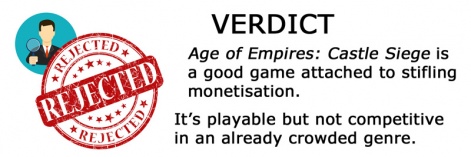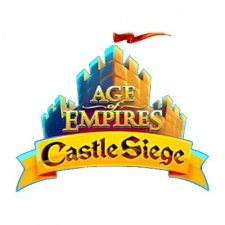Get key insights from the smartest people in the mobile games industry at
PG Connects Helsinki 2015 on 7-8 Sept 2015.
& check out the current pricing here!
---------------------------------------------------------------
Welcome back to The In-App Purchase Inspector - our regular look at free-to-play games from the consumer's perspective.
In each instalment, we'll be looking at the incentives or pressure applied to make in-app purchases, their perceived value, the expansion offered by IAPs and the overall value of the experience.
The end goal will be to see whether the game makes a good enough case for us to part with our cash, or whether players are content - or engaged enough - to 'freeload'.
This time, we'll be taking a look at Smoking Gun Interactive and Microsoft Game Studios' stripped-down take on a strategy classic - Age of Empires: Castle Siege.
New strategy
I don't consider myself fussy when it comes to visuals, but the first bite is taken with the eye - a platitude, yes, but a particularly apt one when it comes to free-to-play game design.
With this in mind, then, first impressions of Age of Empires: Castle Siege aren't great. It's by no means ugly, but nor is it especially attractive - certainly not enough to stand out in the crowded mobile strategy genre.
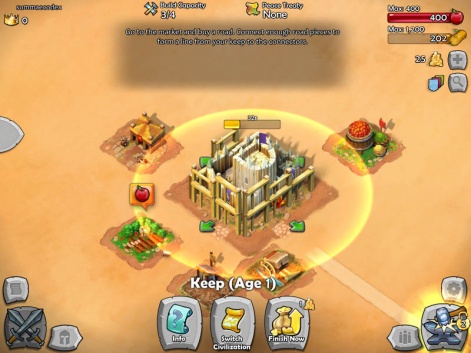
And while its UI, for the most part, adopts the comforting familiarity of the Clash of Clans' layout, it can occasionally lack the clarity of its competition.
About the game itself, however, I'm more positive. It elegantly blends elements of historical interest with a light mobile strategy experience, allowing you to select your civilisations, progress through the ages, and even erect empire-specific buildings - a Briton example being Oxford University.
Castle Siege sets its sights immediately on monetisation.
But how exactly does it monetise?
Old ways
When you start out in Age of Empires: Castle Siege, you have to manage three resources (although more come later): food, wood, and gold. The latter is the game's hard currency, the former two are soft - but you knew this already.
You're given a handful of each to start out with, but not enough to keep you rich for very long.
Instead, while games such as Rival Kingdoms - read our IAP Inspector here - are attempting to foster a strong reciprocal relationship with the player through their generosity, Castle Siege sets its sights immediately on monetisation by attempting to put a price tag on what might be expected to be a free welcome gift.
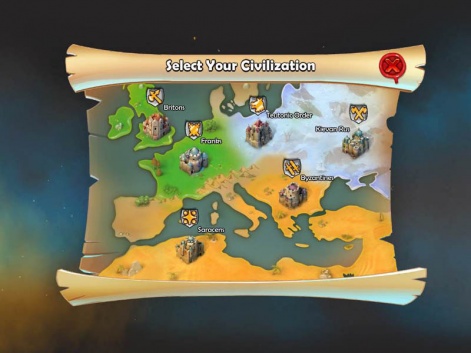
This comes in the form of what's known as a Gold Starter Pack, which offers 250 gold for $1.49 in a deal available only to new players. It's a 300 percent bonus on the standard purchase, so it's a good deal, albeit somewhat lacking subtlety.
The reward for my investment wasn't what I'd consider to be sufficient.
Otherise, the pricing of the game's gold packs ranges from 80 gold for $1.49 to 14,000 for $99.99. Gold here really is a hard currency, though, presenting itself rarely in standard play.
One for the ages?
This basis set up is now very familiar - the monetisation is F2P 101 - and it works up to a point.
Resources like food, wood, and stone accumulate slowly, and are needed in large quantities for even relatively low-level upgrades. Wait timers, too, are often several hours long.
Age of Empires: Castle Siege inspired me to make a higher number of individual purchases than any other game in the IAP Inspector series, but not because it struck any particular chord with me. Rather, it was because I wasn't seeing the lasting effect that I'd wanted.
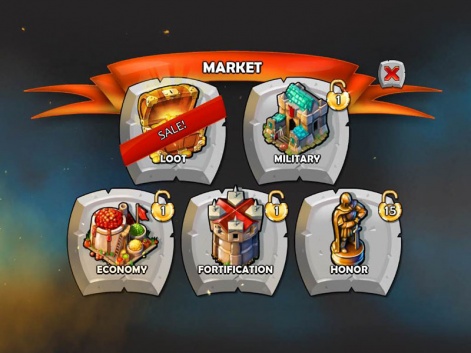
First purchasing the aforementioned Gold Starter Pack for $1.49, followed closely by a regular bundle at the $1.49 tier, and then finally spending another $4.99 in frustration, I quickly realised that gold doesn't last very long in this game.
The game's too tight-fisted with hard currency.
Admittedly, I was bypassing wait timers to accelerate progress, but even so. The reward for my investment wasn't what I'd consider to be sufficient, and even now when I reflect upon my camp it doesn't look like something I've spent a reasonable amount of money on.
The problems are easily identifiable: the game's too tight-fisted with hard currency, wait timers are excessive, and the drip-feed of soft currency and resources makes you feel as if paying's the only option; something that's consider very old school in these days of retention-first monetisation-second.
A losing battle
It's a shame this is the case, because I like a lot of things about Age of Empires: Castle Siege.
I like the snippets of historical context given for certain buildings and upgrades, and I like the Historical Campaign mode which has missions based upon actual events.
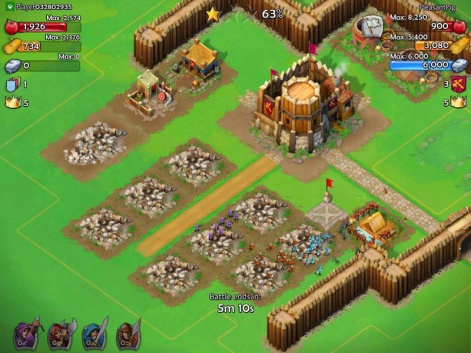
It nails its theming, essentially. However, in all other areas you'd have to concede that Rival Kingdoms and DomiNations - incidentially the latter is developed by the team that made the original Age of Empires PC games and they really know their stuff - are both better alternatives, with microtransactions feeling considerably more lasting and meaningful in those games.
For most players, then, there are far too many alternatives to waste time and money on playing this.
